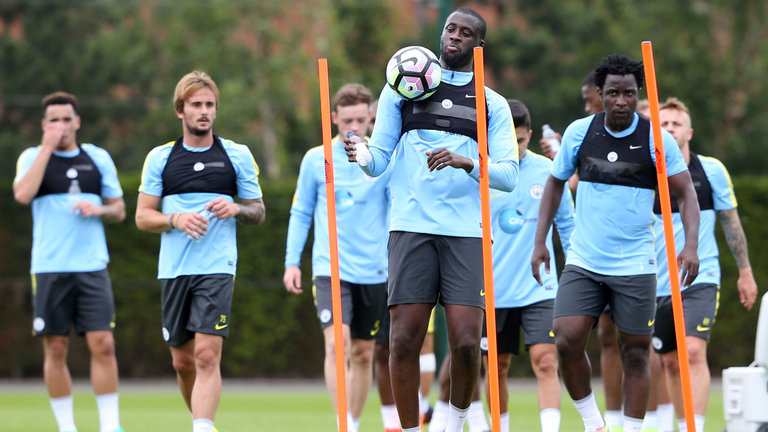Why do footballers wear GPS vests?
To monitor exactly how much training they do, as under training can be just as bad as over training in contributing to injuries!
There is a well known belief that over-training causes injuries, but athletes used to higher training loads have fewer injuries than athletes training at lower workloads. In sport Short term (acute) and more medium term (chronic) running workloads are monitored very closely via GPS vests.
This allows sports scientists, S&C coaches, managers and physios to appropriately grade the correct amount of higher intensity running (workloads) which in turn may protect the athletes against injury, as the body is better accustomed to this type of training. This leads to better physical performance and robustness to injury during competition.
This training-injury paradox phenomenon is based around these “acute-chronic” workloads principles as described well by Dr Tim Gabbett (2016) and is applied brilliantly to many sports such a cricket, rugby union, rugby league, Aussie rules etc. Revolutionising injury prevention and athletic preparation in elite sport.
We would like to add, with the very sad recent passing of footballing great Ugo Ehiogu at such a young age, it highlights the importance of cardiac screening no matter how old you may be or what sport you participate in, to ensure you are not at risk of any potential heart problems. Ugo will be sorely missed in the football community.


